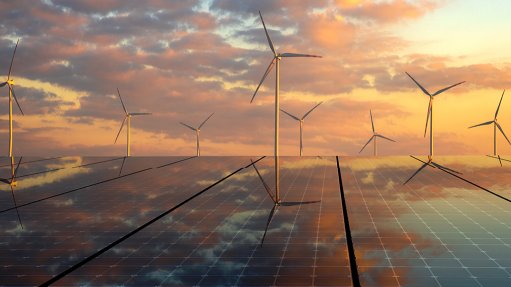
The yearly $1.9-trillion being invested currently in clean energy would have to more than double and be more evenly distributed to place the world on track to meet net-zero emissions by 2050, a new International Energy Agency (IEA) report confirms.
However, it also stresses that such investments could reduce the operating costs of the global energy system by more than half over the next decade, resulting in greater affordability for consumers.
“Capital investment is only one part of the picture,” the ‘Strategies for Affordable and Fair Clean Energy Transitions’ report asserts.
“Running today’s energy system – including paying off investments and financing costs, and operating expenditure – costs over $7- trillion annually,” it adds, cautioning that these expenses are poised to rise in future.
In addition, governments worldwide collectively spent around $620-billion in 2023 subsidising the use of fossil fuels, eclipsing the $70-billion spent on support for consumer-facing clean energy investments.
The IEA states that, in many cases, clean energy technologies are already more cost competitive over their lifespans than those reliant on conventional fuels such as coal, natural gas and oil.
Solar PV and wind are the cheapest options for new generation and even when electric vehicles have higher upfront costs, they typically result in savings owing to lower operating expenses, as is the case for the lifetime costs of energy efficient appliances such as air conditioners.
“The benefits of a faster energy transition and growing shares of renewables – such as solar and wind, which have lower operating costs than fossil fuel alternatives – would filter down to consumers.”
The report also argues that retail electricity prices are typically less volatile than oil product prices, providing more predictable costs. A factor that is set to be reinforced as electricity overtakes oil as the leading fuel source in final consumption, with the IEA forecasting that milestone by 2035.
“Overall, our analysis finds that clean energy transitions deliver a lower-cost and more affordable energy system over time,” the report states.
Such gains, however, hinge on unlocking higher levels of upfront investment, especially in emerging and developing economies where clean energy investments are lagging.
“Policy intervention will be crucial to address the stark inequalities that already exist in the current energy system, where affordable and sustainable energy technologies are out of reach for many people.
The most fundamental inequities are faced by the almost 750-million people in emerging and developing economies who lack access to electricity, and the more than two-billion people without clean cooking technologies and fuels.
“At the same time, the poorest 10% of households in advanced economies spend up to a quarter of their disposable income on energy for their home and transport, even though they consume less than half as much energy as the richest 10%.”